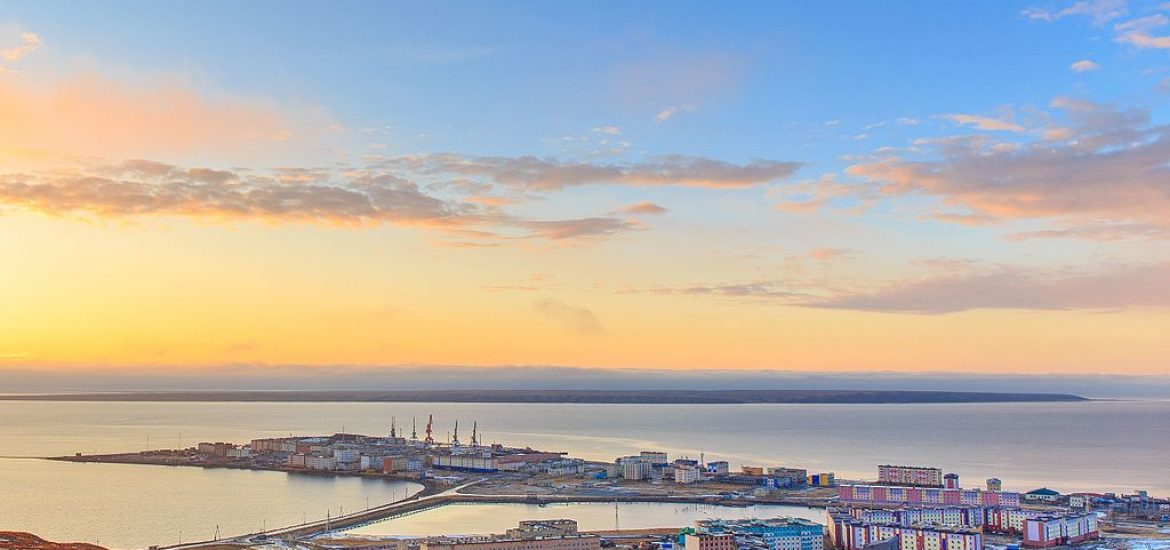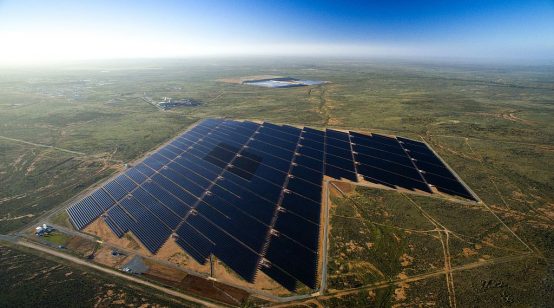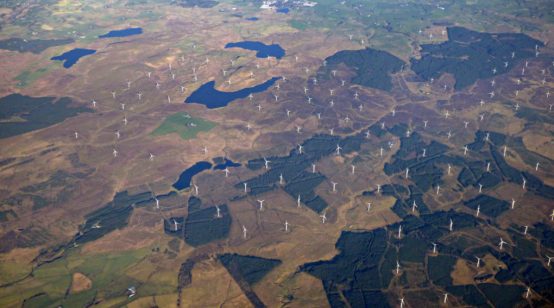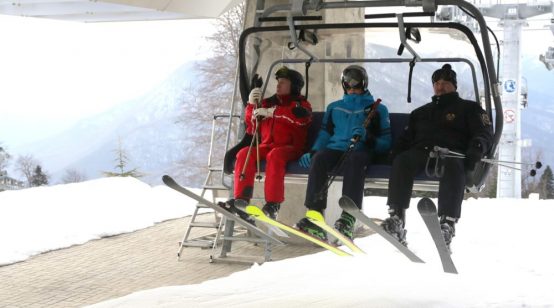
At Kola Bay on Russia’s Arctic coast, the Akademik Lomonosov is being loaded with nuclear fuel before it makes its long journey through Russia’s Arctic to begin operations in the far east of the country.
In a Murmansk shipyard, the vessel’s two miniature KLT-40C reactor systems, similar to those used on icebreakers or submarines, are being prepared for decades of service in the Bering Straits.
Two state-backed companies in China are building floating nuclear power plants, and advocates say the idea is cheaper, greener and safer than the land-based alternative.
“They are light years ahead of us,” said Jacopo Buongiorno, a nuclear engineer at the Massachusetts Institute of Technology.
Rosatom, Russia’s state nuclear company, has exported nuclear technology around the developing world for decades but smaller floating reactors could appear offshore from numerous cities, backing up supplies on power grids that will rely increasingly on wind and solar.
Rosatom plans to reproduce what environmentalists have called a floating Chernobyl and is mulling business models where it retains ownership of the reactors while selling the power they generate. The 144-metres long and 30-metres wide vessel can carry enough enriched uranium to power the two reactors for 12 years, before having to be towed with its spent fuel, for the radioactive waste to be processed.
No spent nuclear fuel or radioactive waste will be left behind as it will be taken to the special storage sites, Rosatom claims.
A rotating civilian crew of about 300 are due to work for four months at a time before taking a four-month break. By next year the Akademik Lomonosov, with its displacement of 21,000 tonnes, is due to be powering Pevek (pictured), just 800km from Alaska.
The civilian crew can use the vessel’s swimming pool, play squash or have a drink in a bar.
Its designers say a floating reactor will survive tsunami waves and retain access to cooling, because it is in the water, rather than relying on pumps. Rosatom said the Akademik Lomonosov, named after the 18th-century Russian scientist Mikhail Lomonosov, was “invulnerable to tsunamis”.
The firm said subsequent vessels would each take about four years to build, compared with a decade or more for a land-based power station and the Sudan Tribune reported that the government in Khartoum had a deal to become the first overseas customer.
Customers are not apparently waiting to see how the operation at Pevek proceeds.
The Sudanese government refused to confirm the story.
Pevek on the Baring Straits. Picture credit: Wikimedia





